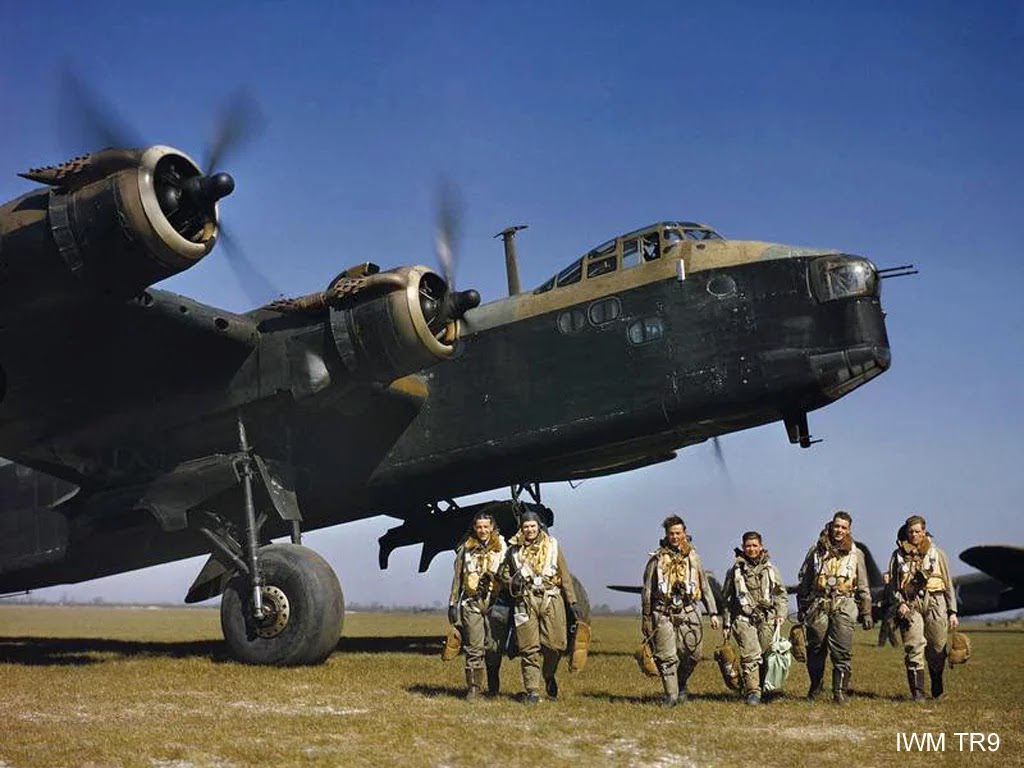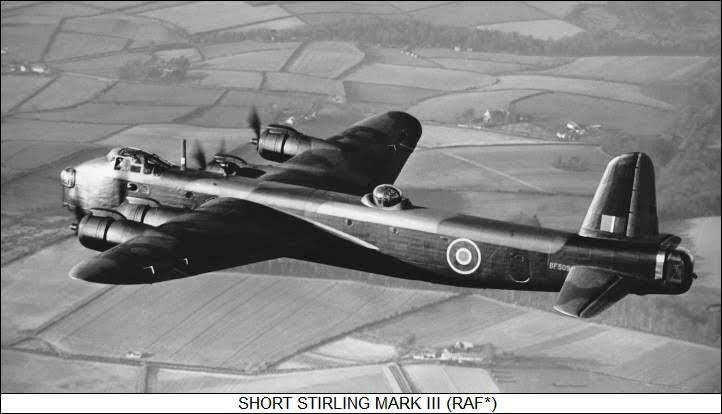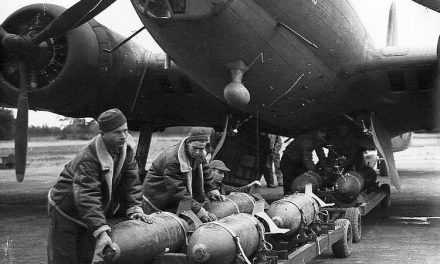Short Stirling III
The first 4 engined heavy bomber of WW2, introduced in 1940, RAF Bomber Command had high hopes for the marque. However, she was quickly superceded by the Handley Page Halifax, introduced the same year. The Stirling soon gained a bad reputation with crews for her low ceiling, and poor top speed, even though she was known to be the easiest ‘heavy’ to fly, and gained praise for her well designed crew positions. (it wasn’t unknown for the famously comfortable pilot’s seat from a Stirling to mysteriously find it’s way into a Lancaster or Halifax when a Stirling crew were converted to one of the newer heavy bombers!) The Stirling’s inadequate ceiling, and the long take off distances required were mainly due to it’s totally inadequate wing area, an issue that the factory tried to deal with by altering the angle of attack of the main plane for take off. The cheapest, and fastest way of doing this, was to raise the nose, and the unfeasibly long oleo legs, and incredibly high nose of the Stirling when on the ground became her signature, it also became her Achilles heel, as collapsed undercarriages became common, resulting in many, many accidents. The aforementioned lack of ceiling on operations also resulted in an unacceptable casualty rate, and she proved to be easy prey for Luftwaffe night fighters. After the introduction of the Lancaster in 1942, the Stirling was relegated to glider and target towing duties. Although a beautiful aircraft for comfort and manoeuvrability, her limitations, and subsequent attrition rate, meant that she wasn’t mourned by crews transferred to the Lancaster and Halifax. Today, the Stirling is largely forgotten.





Recent Comments